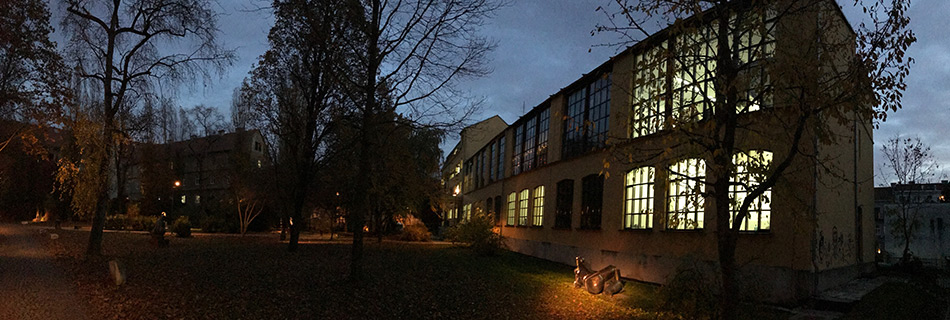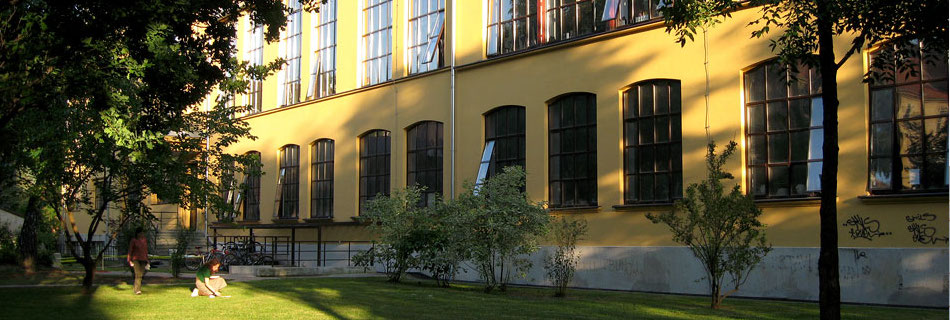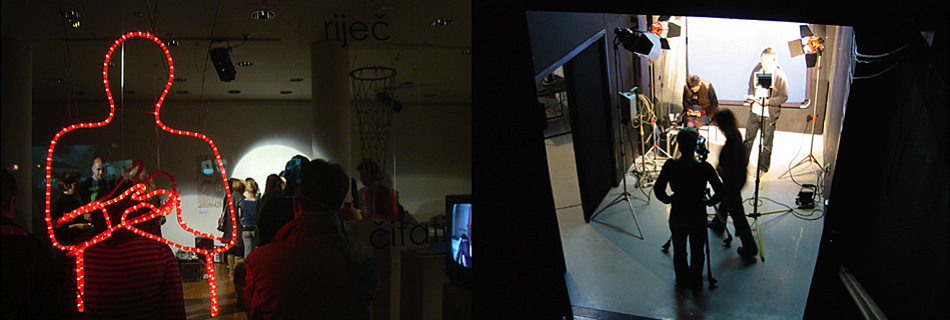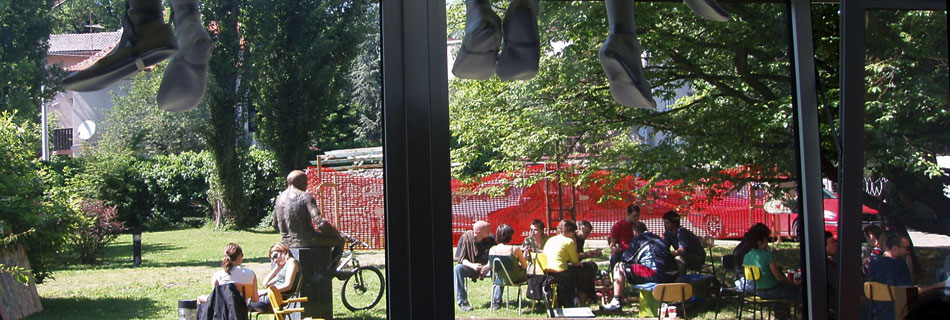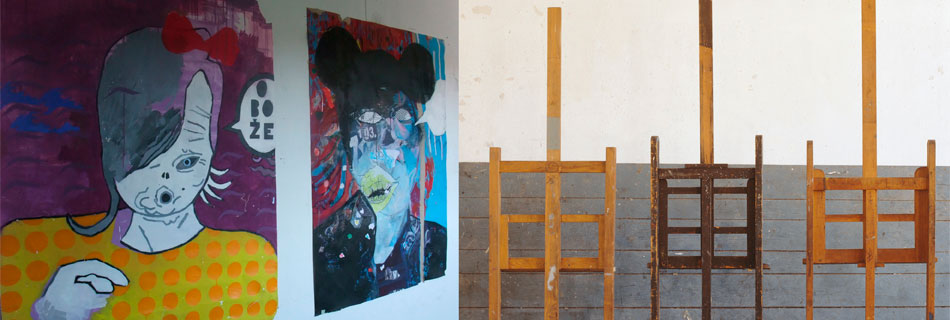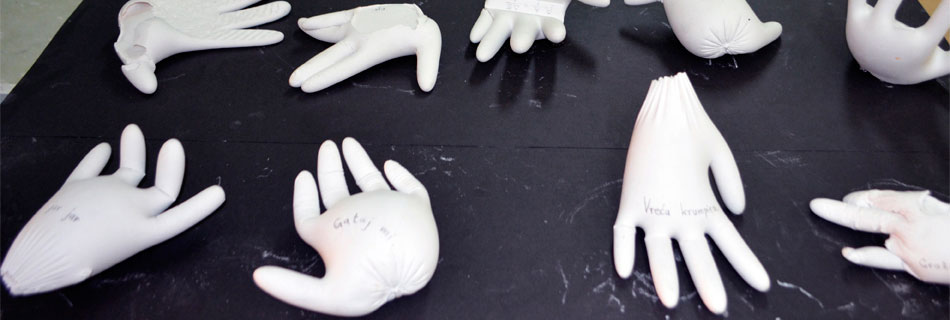Maraton crtanja 2025
Pozivamo vas na Maraton crtanja koji će se održati 5. i 6. travnja 2025. na Nastavničkom odsjeku, Lastovska 23. Maraton počinje u subotu, 5. travnja u 12 sati, kada se objavljuje tema, a završava u nedjelju, 6. travnja...
Holistički pristup mentalnom zdravlju kroz kreativne metode
Pozivamo vas na 3. znanstveno – stručnu konferenciju s međunarodnim sudjelovanjem „Holistički pristup mentalnom zdravlju kroz kreativne metode“, 26. i 27. rujna 2025. u prostorima Zdravstvenog veleučili&scar...
Predavanja Duške Sekulić Ćiković na OKIRU
Dva predavanja Duške Sekulić Ćiković na Odsjeku za konzerviranje i restauriranje umjetnina ALU Zagreb Duška Sekulić Ćiković, voditeljica Odjela za zaštitu umjetnina MMSU Rijeka, održat će dva predavan...
NATJEČAJI - aktualno
NATJEČAJI Obavještavamo studente ALU i sve ostale zainteresirane da su u tijeku sljedeći Natječaji: Prijave za rezidencijalni program Lovinačke večeri performansa 2025. (LVP'25), rok: 15. travnja 2025....
Studentski izbori 2025 - rezultati
IZVJEŠTAJ IZBORNOG POVJERENSTVA O PRIVREMENIM REZULTATIMA IZBORA STUDENATA ZA STUDENTSKI ZBOR AKADEMIJE LIKOVNIH UMJETNOSTI SVEUČILIŠTA O ZAGREBU (PDF) Popis valjanih kandidatura za studentske predstavnike u Studen...
MOLD kolektiv: „Dolce far niente“
Pozivamo vas na izvedbu MOLD kolektiva pod nazivom „Dolce far niente“ koja će se održati 10. i 11. travnja od 15 do 19 sati, te 12. travnja od 11 do 14 h u Galeriji Šira. Tijekom tri dana u Gal...
Kristijana Popović: „Tu sam da čuvam mjesto od drugoga“
Samostalna izložba studenta Kristijana Popovića pod nazivom „Tu sam da čuvam mjesto od drugoga“ dio je Programa Galerije SC za 2025. godinu. Otvorenje izložbe je u petak 28. ožujka 2025. u 19 sati, Kiosk SC. Izl...
Izložba ilustracija „Gorka slika“
U ponedjeljak 24. ožujka s početkom u 18 sati održalo se svečano otvorenje grupne žirirane izložbe ilustracija „Gorka slika“ u prostoru Udruge Artoratorij u Vrbovcu. Izložba donosi vizualne...
David Maljković na Art Basel Hong Kong
Galerija Sprüth Magers zastupa doc. art. Davida Maljkovića na umjetničkom sajmu Art Basel Hong Kong 2025. Umjetnički sajam Art Basel Hong Kong održava se u Convention & Exhibition Centre u Hong Kongu, Kina, od 28. do...

